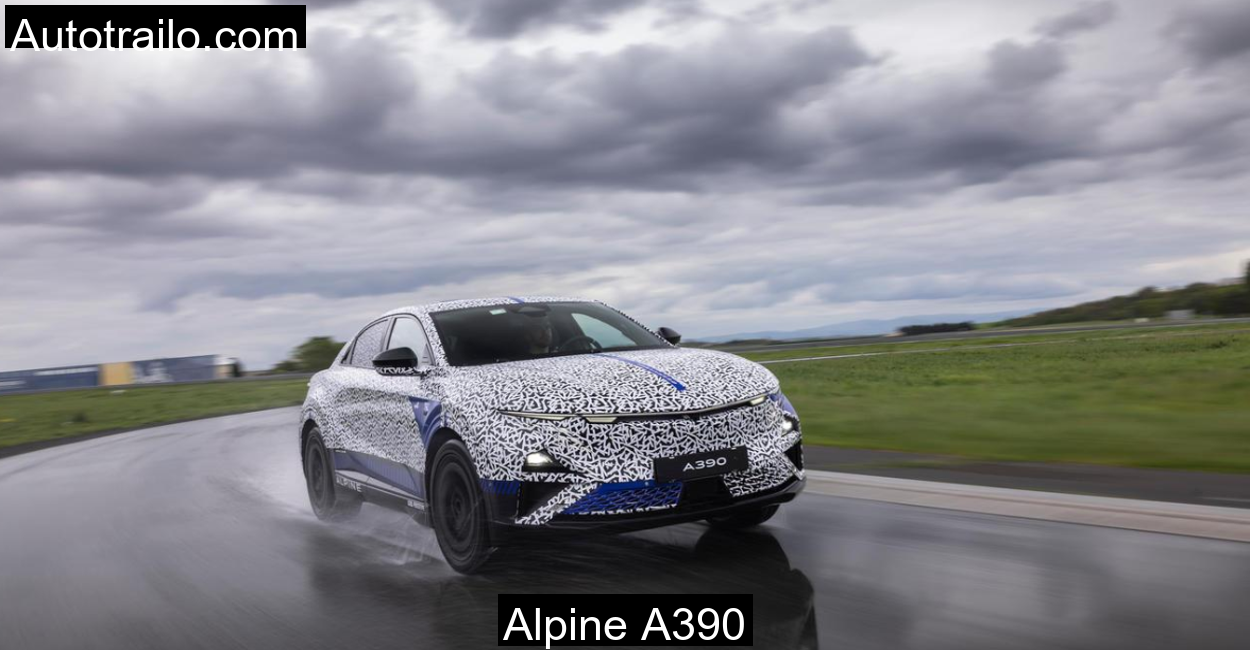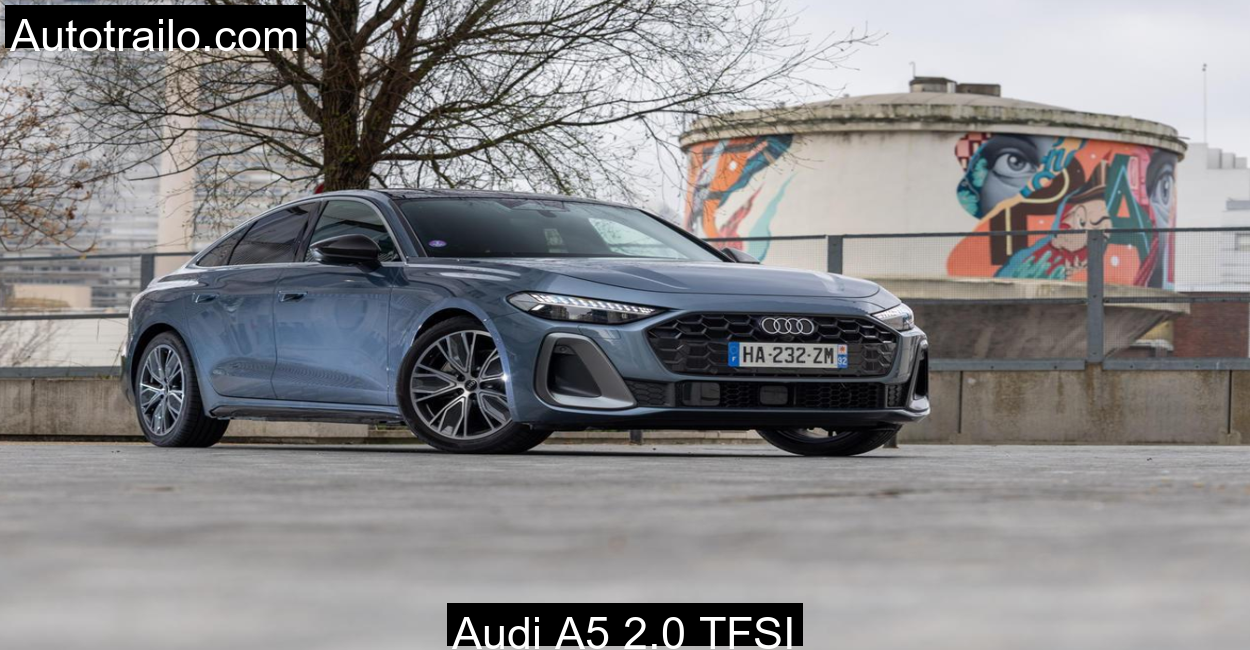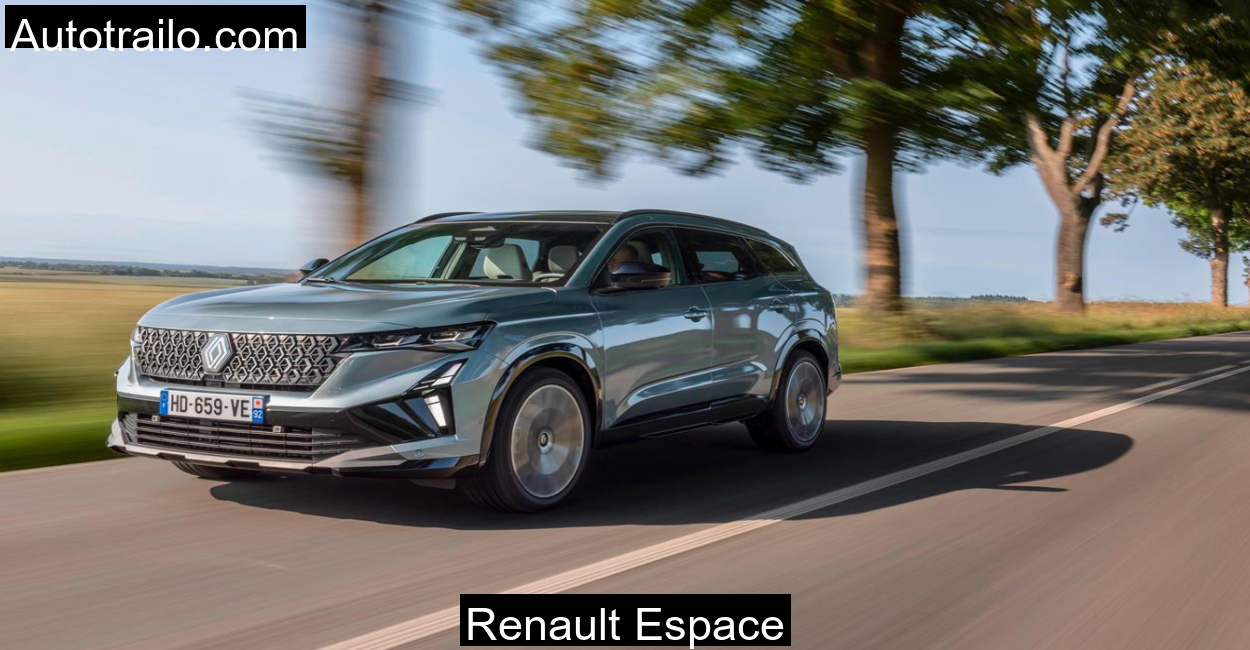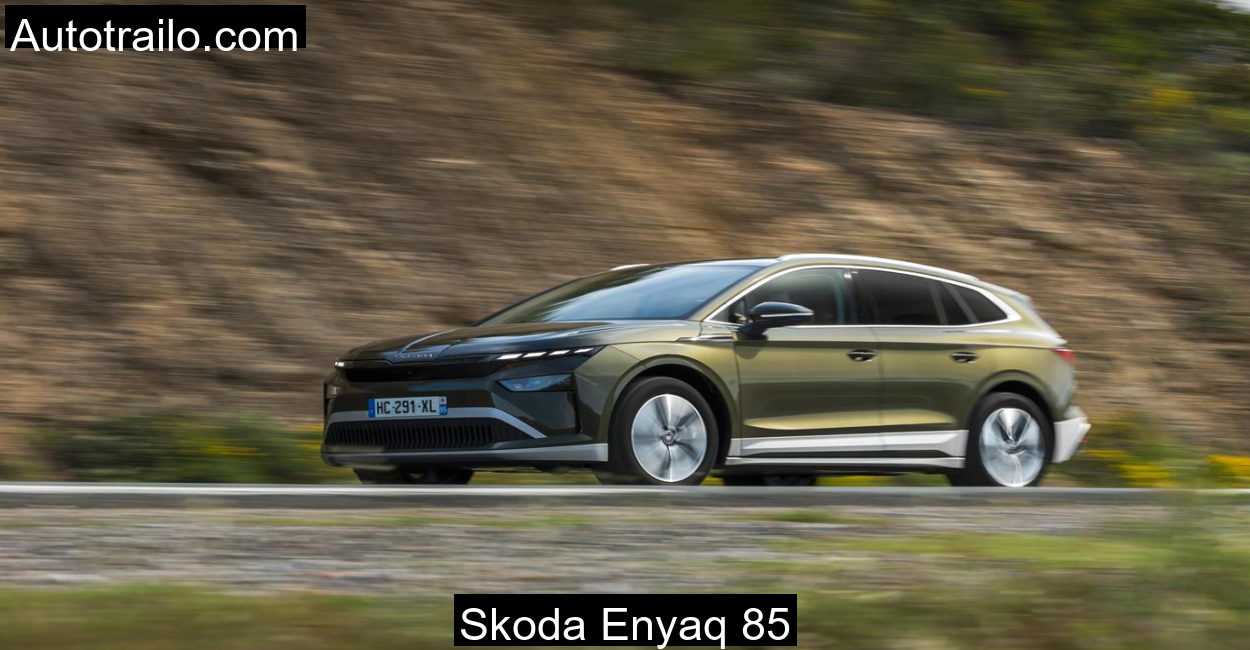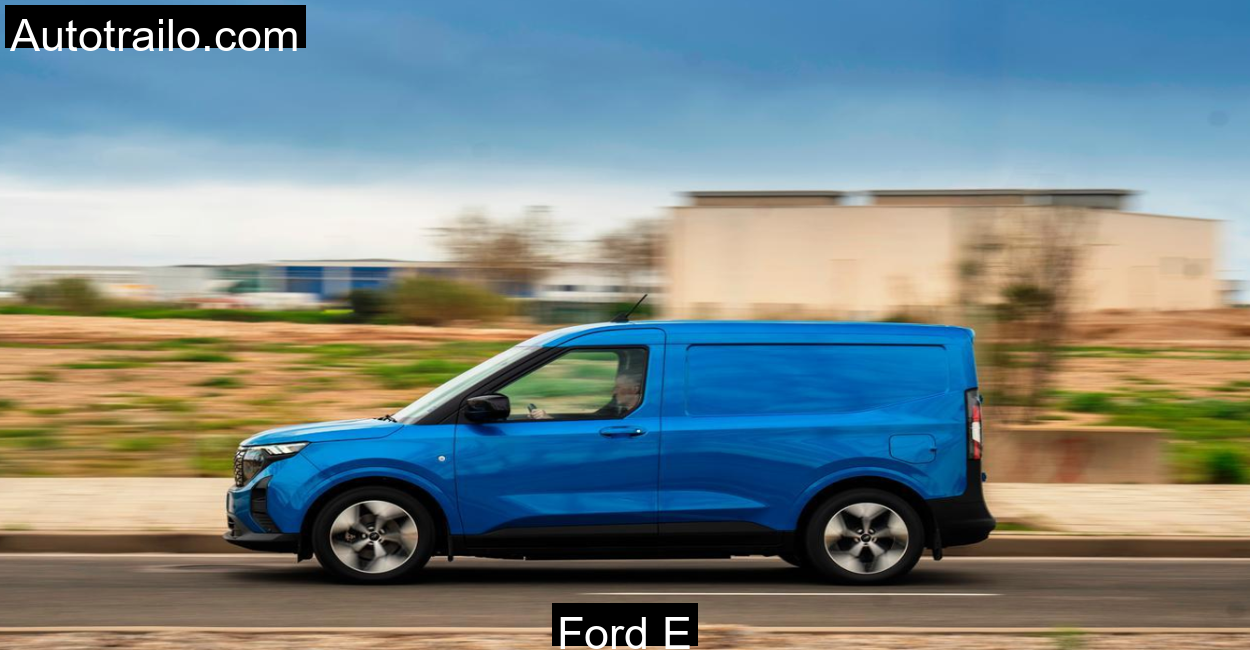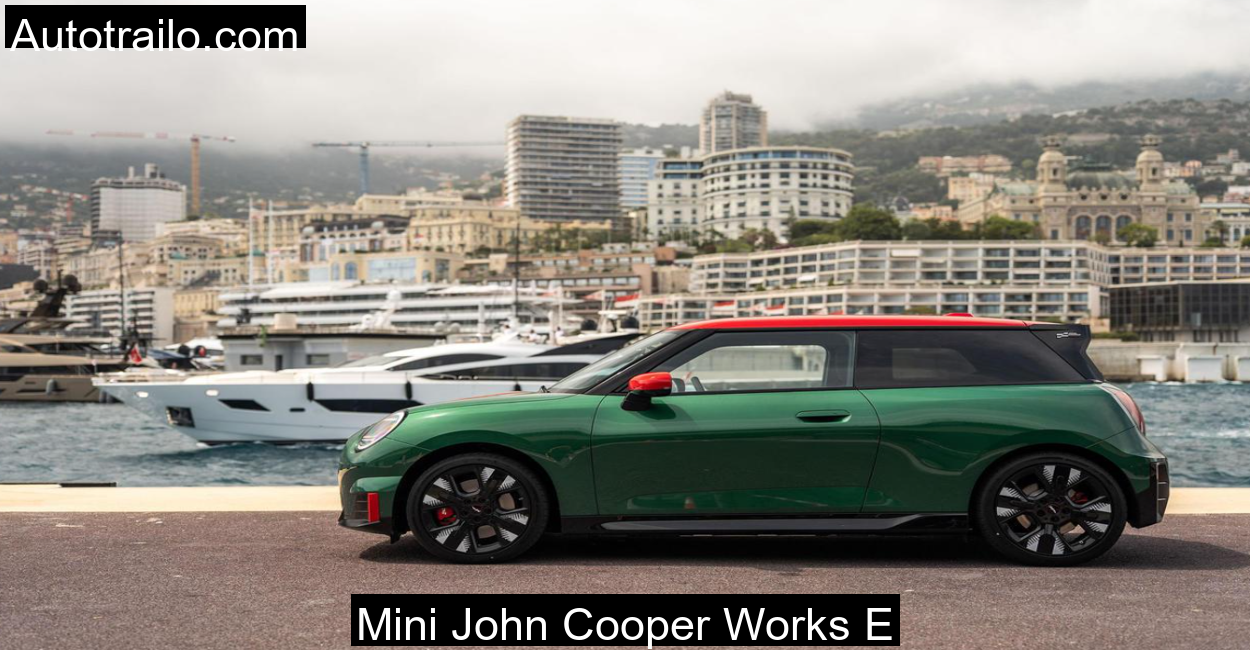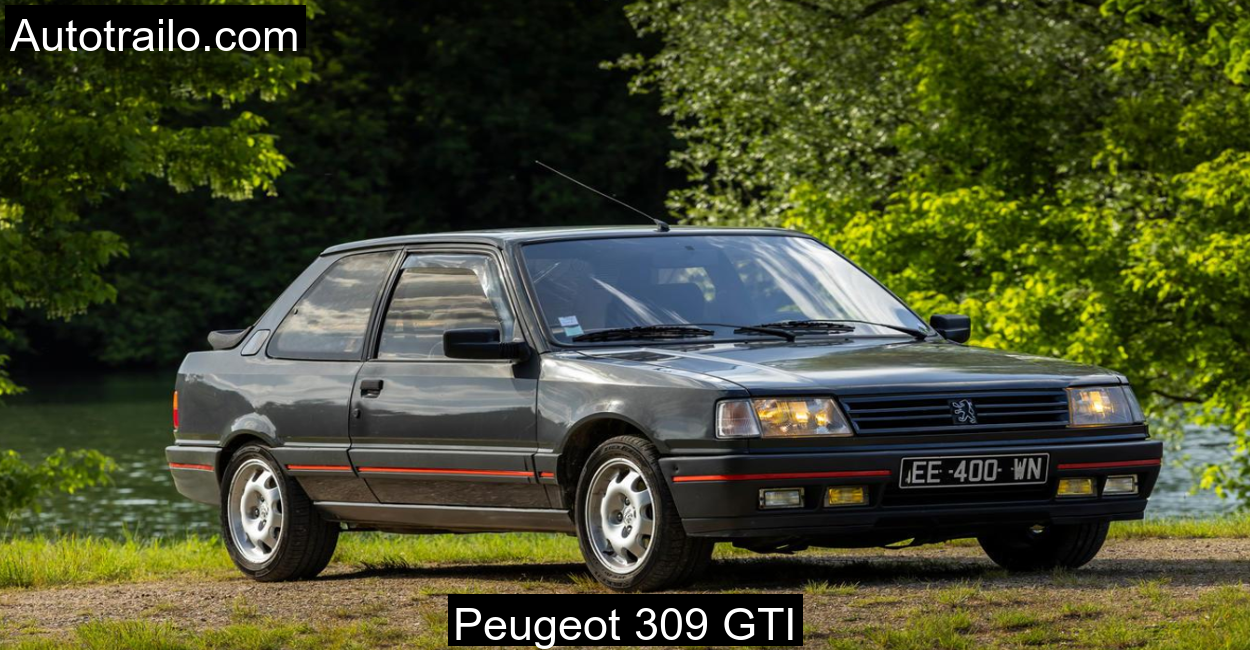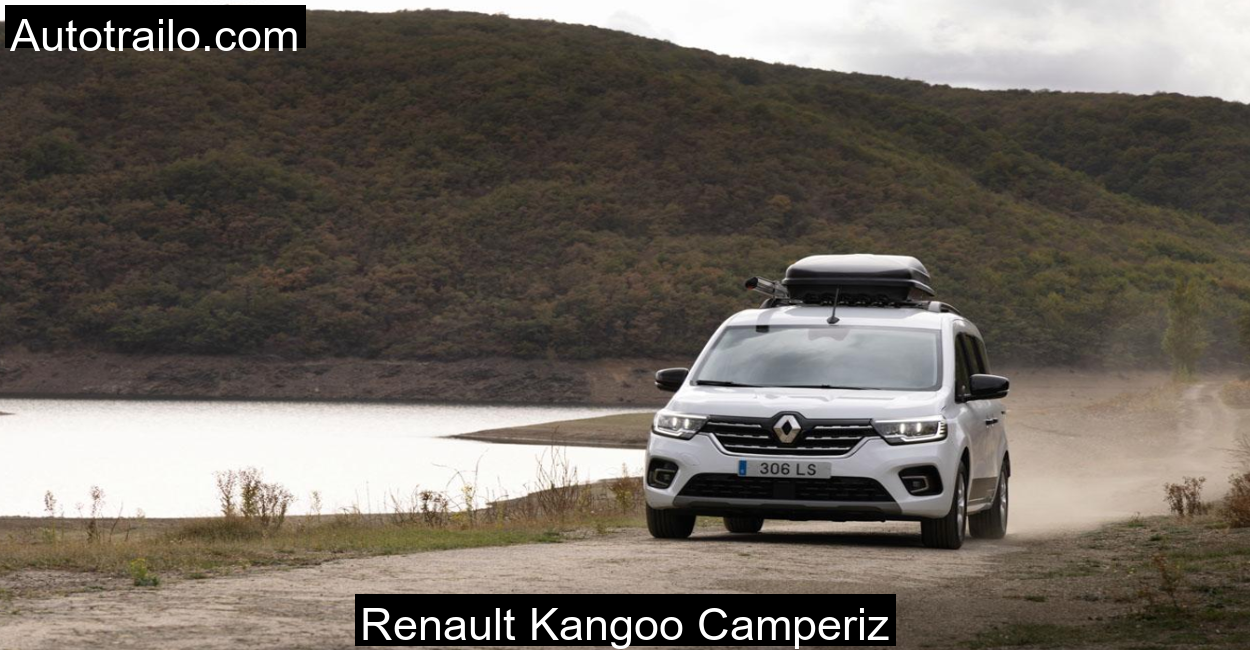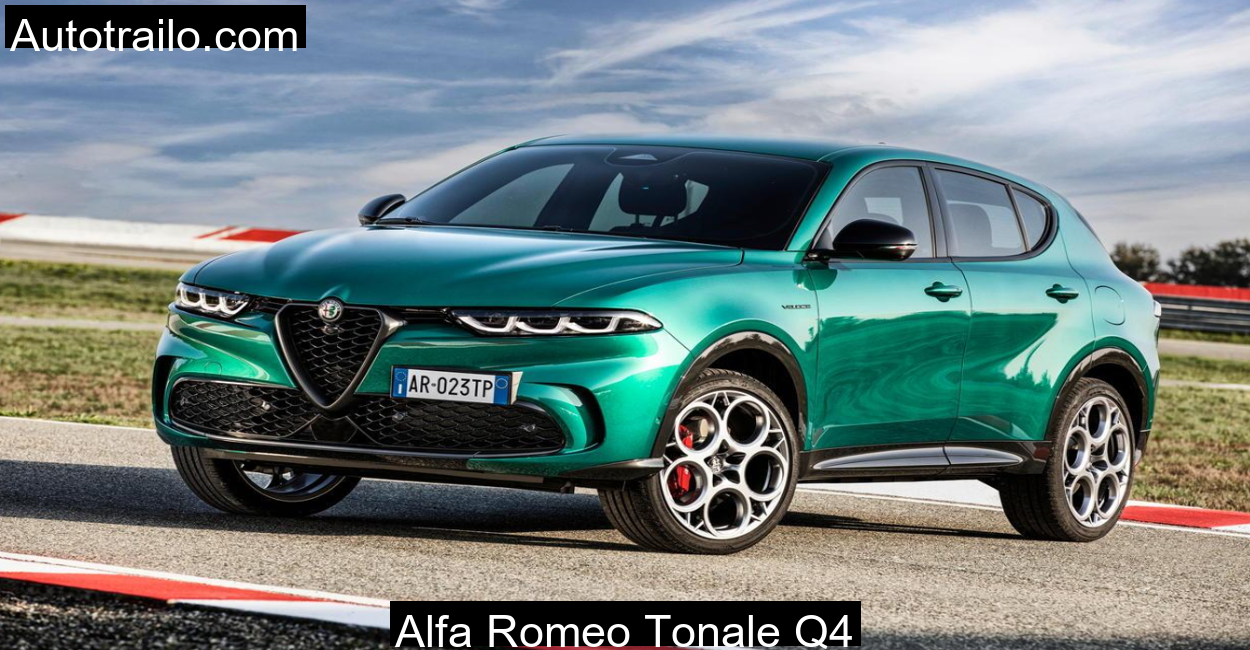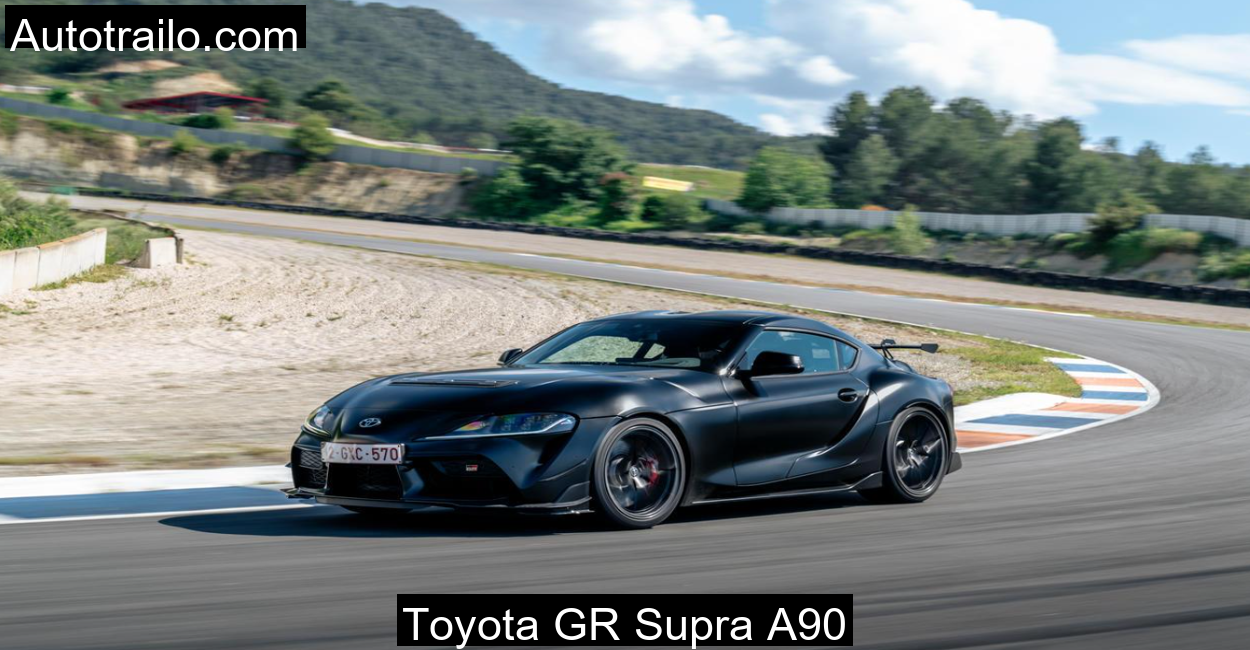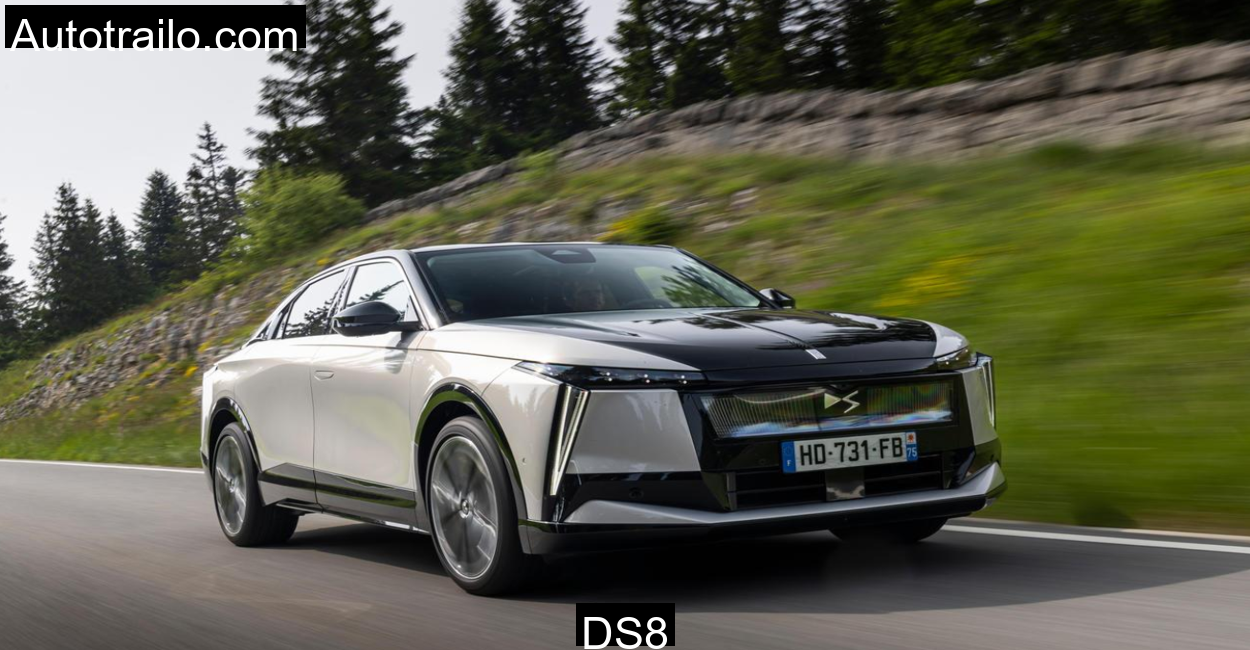Introduction: Alpine’s New Electric Soul Meets Himalayan Majesty
There are few places in India that embody natural drama like Chopta Valley in Uttarakhand. At over 2,600 meters above sea level, this alpine meadow stretches against the rugged silhouette of the Garhwal Himalayas, home to Tungnath and Chandrashila. It is a land of thick deodar forests, winding roads, and sky-piercing silence, a canvas where a car can either thrive or falter. Into this poetic terrain, I brought Alpine’s latest expression of electric performance: the A390.
The A390 is not a traditional Alpine in form. It stands taller and broader, marking the brand’s foray into the electric sport-fastback crossover space. But what it retains is the Alpine essence, driver involvement, engineering precision, and a refusal to be predictable. With three electric motors, a purpose-built torque vectoring system, and a layout that prioritizes road feel over mere digital gimmickry, the A390 promises to be more than just another EV on the mountain road.
As we climbed from Ukhimath through the mossy bends toward Chopta, the interplay between nature and machine unfolded. This was not just a test of acceleration and cornering. It was a conversation between electric torque and elevation, between chassis balance and cliffside hairpins.
Technical Specifications: Alpine A390 GTS
Official Suzuki figures fuel our content, leaving no room for guesswork.
| Specification | Detail |
| Powertrain | Triple electric motor (dual rear, single front) |
| Battery Capacity | 90 kWh (usable) |
| Power Output | 470 hp (GTS variant) |
| Torque | ~800 Nm (combined) |
| Drive | All-wheel-drive (electric torque vectoring) |
| 0–100 km/h | 3.9 seconds |
| Top Speed | 250 km/h (electronically limited) |
| Platform | Renault-Nissan CMF-EV (AMPR Medium) |
| Suspension | Passive dampers with hydraulic bump stops |
| Wheels/Tires | 21-inch alloys, Michelin Pilot Sport 4S |
| Weight | Approx. 2,110 kg |
| Regeneration | 4-stage energy recovery via steering wheel dial |
On the Ascent: How the A390 Scaled Chopta’s Ribbons of Tarmac
The way to Chopta is not just a climb. It is a pilgrimage of switchbacks, broken surfaces, and breathtaking overlooks. With early morning mist shrouding the valley and wet leaves pressed into the blacktop, I flicked the A390 into Drive and let the machine interpret the incline.
From the very first turn, it was clear this Alpine had no interest in behaving like a traditional crossover. The front motor handled initial grip cleanly, while the rear motors began to show their precision. On damp hairpins, the A390 distributed torque across the rear axle like a skier carving their edge. Unlike all-wheel systems that simply deliver traction, this one sculpted trajectory.
The regen system was my constant companion. Four levels of energy recuperation were dialed in through the steering-mounted knob, and I kept it mostly in Level 2. It offered enough deceleration to mimic engine braking without disrupting weight balance. In these hills, where every downshift matters and braking zones are brief, it was the right compromise.
Despite the vehicle’s 2.1-ton mass, there was a peculiar lightness in how it responded to steering inputs. This wasn’t featherweight agility but rather well-calibrated momentum. The ride remained composed even as the surface became uneven past Duggalbitta. The passive suspension with hydraulic bump stops soaked up lateral jolts without ever letting the chassis float.
With elevation came thinner air and sharper curves. The A390, unaffected by oxygen starvation, remained as alert as it did on flat terrain. If anything, the cooling systems seemed more efficient in the mountain air. I could feel the software subtly reshaping torque to maintain grip on the outer rear wheel, even before I finished turning the steering.
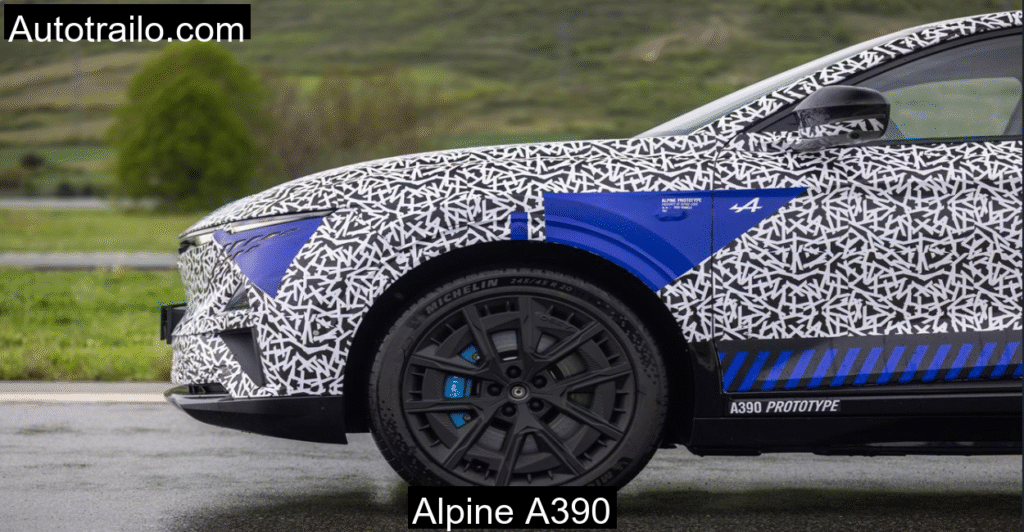
Ride Quality in the Himalayas: An EV That Understands Its Environment
Where the A390 truly earned its Alpine badge was in how it balanced stiffness with grace. Most electric vehicles carry their weight with unease over poor surfaces. Here, on a road riddled with undulations and gravelled edges, the car felt surprisingly organic.
Suspension travel was generous without being floppy. At times, it felt like the wheels were working individually with quiet competence. The hydraulic bump stops absorbed shock loads from occasional potholes without transferring it to the cabin. The damping felt linear, and never once did the car pogo after a compression.
It was clear the engineers paid attention to pitch and dive. Even under regenerative deceleration on steep declines, the car didn’t nose-dive. The balance of mass front-to-rear was intact. I could feel the center of gravity doing its work quietly under the chassis.
Noise insulation also played its part. The cabin remained hushed even at 60 km/h on rough tarmac. Wind noise was near absent, while tire roar remained muted. The lack of artificial sound design gave the A390 an unfiltered quality, letting you listen to the natural rhythm of the valley. Only under full throttle did a synthesized note enter the cabin, a subtle baritone to accompany full acceleration.
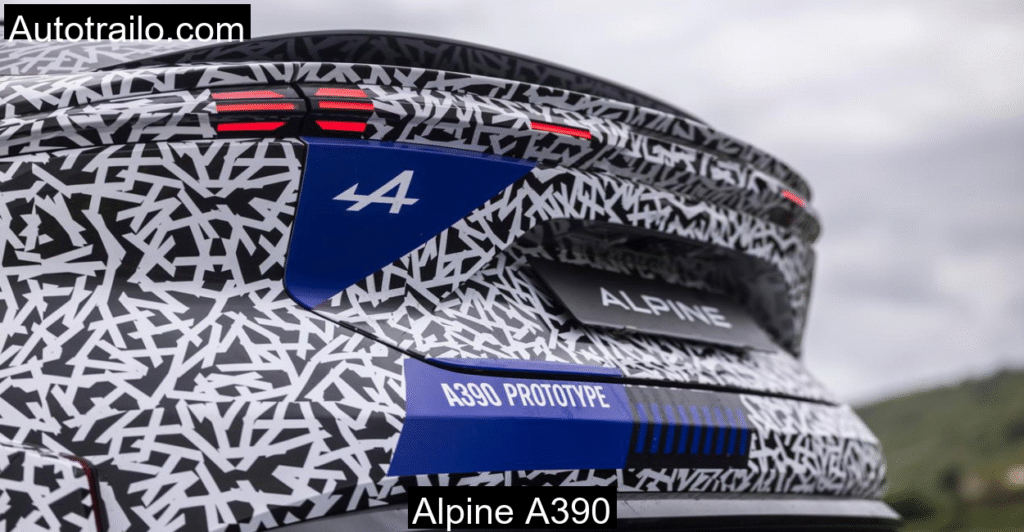
Handling at Altitude: Carving Corners Like an Electric Scalpel
By the time I reached the final stretch before Chopta, the road had become a collection of tight 90-degree turns. Here, in Track mode, the A390 was allowed to express its rawest self. The steering grew weightier, and the ESP backed off just enough to let the torque vectoring perform with more aggression.
Unlike many all-wheel-drive systems that push the nose wide under pressure, the A390 rotated from the hips. Entering a corner under brakes, I could feel the outer rear wheel overdrive just enough to tuck the nose inward. The ride was not tail-happy, but it wasn’t neutral either. It felt alive.
A few corners allowed the rear end to yaw gracefully, not as a drift but as a slide-by-intent. Unlike the nervousness some EVs show when limits are approached, the Alpine invited it. It communicated. That’s rare in a segment where most vehicles react with digital rigidity.
Every now and then, the system faltered slightly, if torque was applied too aggressively mid-corner, the inside rear wheel would hesitate. But these moments were fleeting and never unsafe. The level of intervention remained proportional to my inputs. It felt like a partner, not a controller.
Cabin Experience: Minimalist, Driver-Focused, Alpine at Heart
Inside, the A390 kept distractions to a minimum. The dashboard was angled subtly toward the driver, with a small floating display that avoided being the focal point. The steering wheel, borrowed from the A290, felt tactile and precise, with clearly defined detents for regen control and the OV button that calls full power.
Seating position was lower than expected for a crossover. The bucket seats hugged my frame but didn’t restrict movement. Visibility, often a casualty in performance EVs, was generous thanks to slim A-pillars and tall side windows.
The materials weren’t overly plush, but they felt purposeful. Alcantara trim, brushed aluminum accents, and a deep-blue contrast stitching reinforced the identity. No wood, no gloss black, just driving intent. Rear space was adequate for two, though not generous, and the cargo area would be better suited for soft bags than hard luggage.
One touch I appreciated was the lack of excessive ambient lighting. The cabin felt more like a cockpit than a lounge. The focus was on the drive, and everything from the haptic feedback of the toggles to the clarity of the instrument cluster spoke to that.
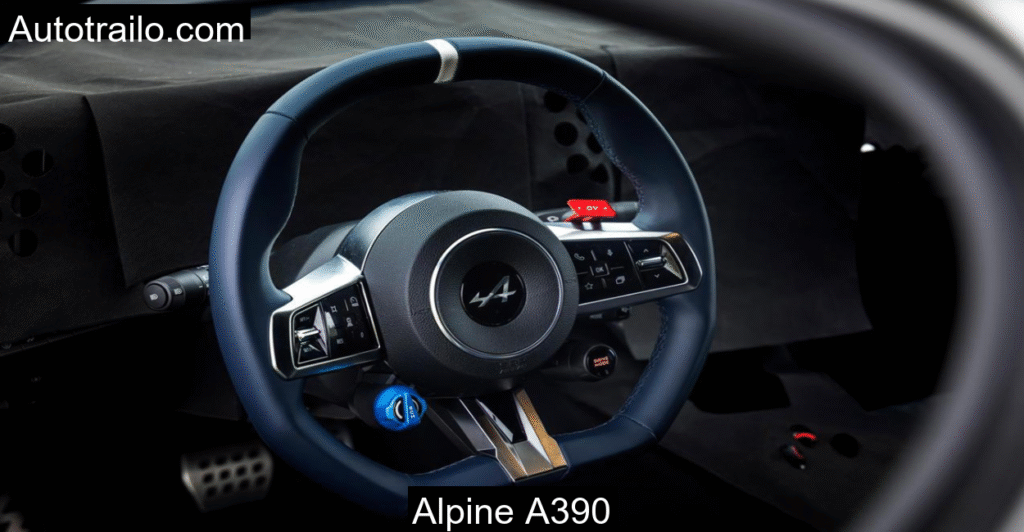
Regenerative Braking and Daily Versatility
While the A390 had proven itself on the climb, it was the descent that revealed its composure. In Level 3 regeneration, I drove most of the way down in single-pedal mode. The braking force was progressive and never abrupt, giving me confidence on declining gradients without ever touching the left pedal.
During the return trip toward Ukhimath, I tested the adaptive cruise and lane-keep assist briefly. These worked without fuss, maintaining safe distance and trajectory even on winding terrain. But make no mistake, this car thrives on manual control. It is not a vehicle to be chauffeured in. It is one to be driven, and driven often.
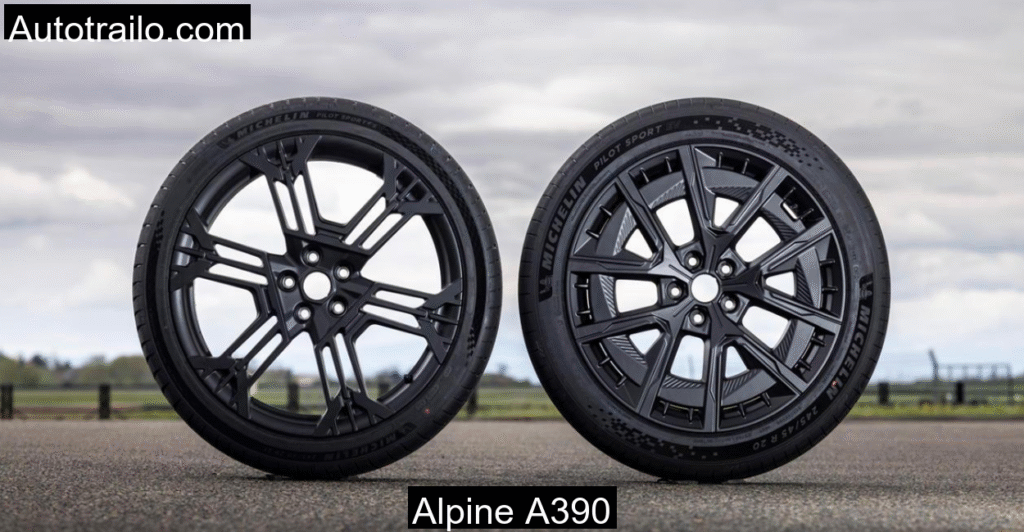
Conclusion: A True Alpine in Spirit, Reinvented for the Electric Age
The Alpine A390 is not just another high-performance EV with fast numbers and digital gimmicks. It is a car that restores the idea of engagement in a segment drifting toward numbness. While it may share its bones with a Renault, the soul here is unmistakably Alpine.
In Chopta, it found the perfect echo for its abilities. A place where altitude, beauty, and danger coalesce. Where every corner is a question, and every straight is too short. The A390 answered each with finesse, even joy.
It will not please those looking for plush luxury or expansive space. But for drivers who want connection, emotion, and a rare kind of precision from an EV, the A390 is a revelation.
Frequently Asked Questions
Is the Alpine A390 comfortable for long drives?
Yes, the suspension tuning and cabin refinement make it suitable for long journeys, especially for front occupants. However, the rear seats and luggage capacity are secondary to the driving experience.
Does the torque vectoring work in every driving modes?
It functions in all modes but is most noticeable in Track mode, where torque distribution becomes more dynamic and allows for active rotation.
Is the regenerative braking strong enough for mountain roads?
Absolutely. The multi-stage regen system is well-calibrated for hilly terrains, especially when descending steep inclines.
How does it compare to other electric crossovers?
While others prioritize utility or acceleration figures, the A390 emphasizes driver involvement and nuanced handling, making it unique in its segment.
Can it be driven in snow or off-road?
Its AWD layout and precise traction control make it capable on snow-covered roads, but it is not intended for off-roading.
